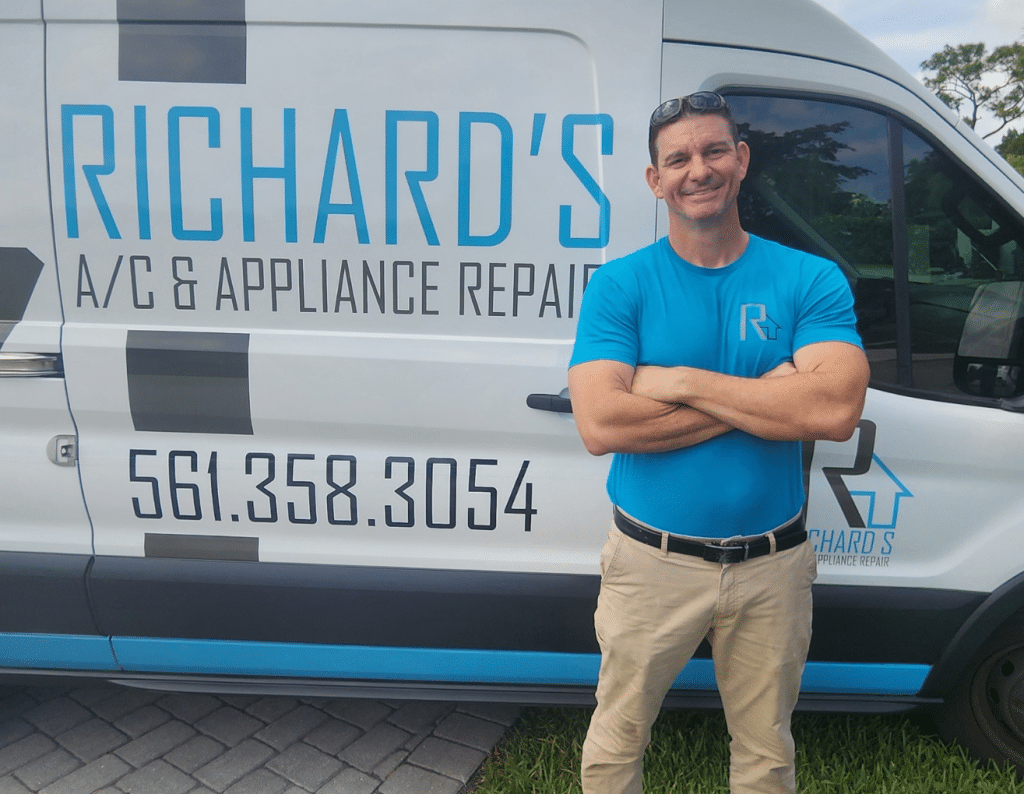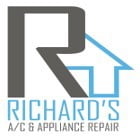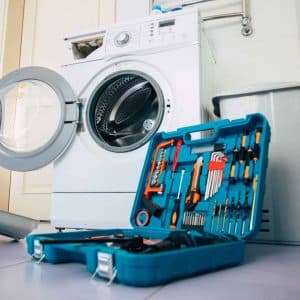Anyone living in Florida knows the rhythm of a summer afternoon: the sky darkens, the wind picks up, and a powerful thunderstorm rolls through, bringing dramatic lightning and torrential rain. While these storms can be a spectacular force of nature, they also carry a hidden threat to our homes – power surges. These sudden, intense spikes in electrical voltage can wreak havoc on sensitive electronics, and one of the most vulnerable and expensive appliances you own is your air conditioning system.
Protecting your AC from power surges isn’t just a minor precaution; it’s a critical step in safeguarding a major home investment. A single surge from a nearby lightning strike or a fluctuation in the power grid can instantly destroy the delicate electronic components that control your AC, leading to costly repairs and leaving you without cooling during the hottest time of the year. This guide will explain the dangers of power surges, the damage they can cause, and the most effective ways to protect your AC system, with expert help from Richard’s AC.
What is a Power Surge and Why is it Dangerous for Your AC?
A power surge is a brief, sudden increase in the voltage flowing through your electrical system. While we often associate them with direct lightning strikes, they have several common causes:
- Lightning: A nearby lightning strike can send a massive surge through utility lines, cable lines, and even the ground.
- Power Grid Fluctuations: The return of power after an outage, or routine grid switching by your utility company, can create smaller but still damaging surges.
- Internal Surges: Large appliances within your own home cycling on and off, like refrigerators or washing machines, can create minor internal surges.
Modern air conditioning systems are far more than just mechanical parts. They are sophisticated machines filled with sensitive electronic components that are designed to operate within a very specific voltage range. A power surge overwhelms these components, much like a tsunami overwhelming a small seawall. The excess voltage can burn out microprocessors, fry circuits, and destroy motors in an instant. This is why a simple storm can lead to a very expensive service call.
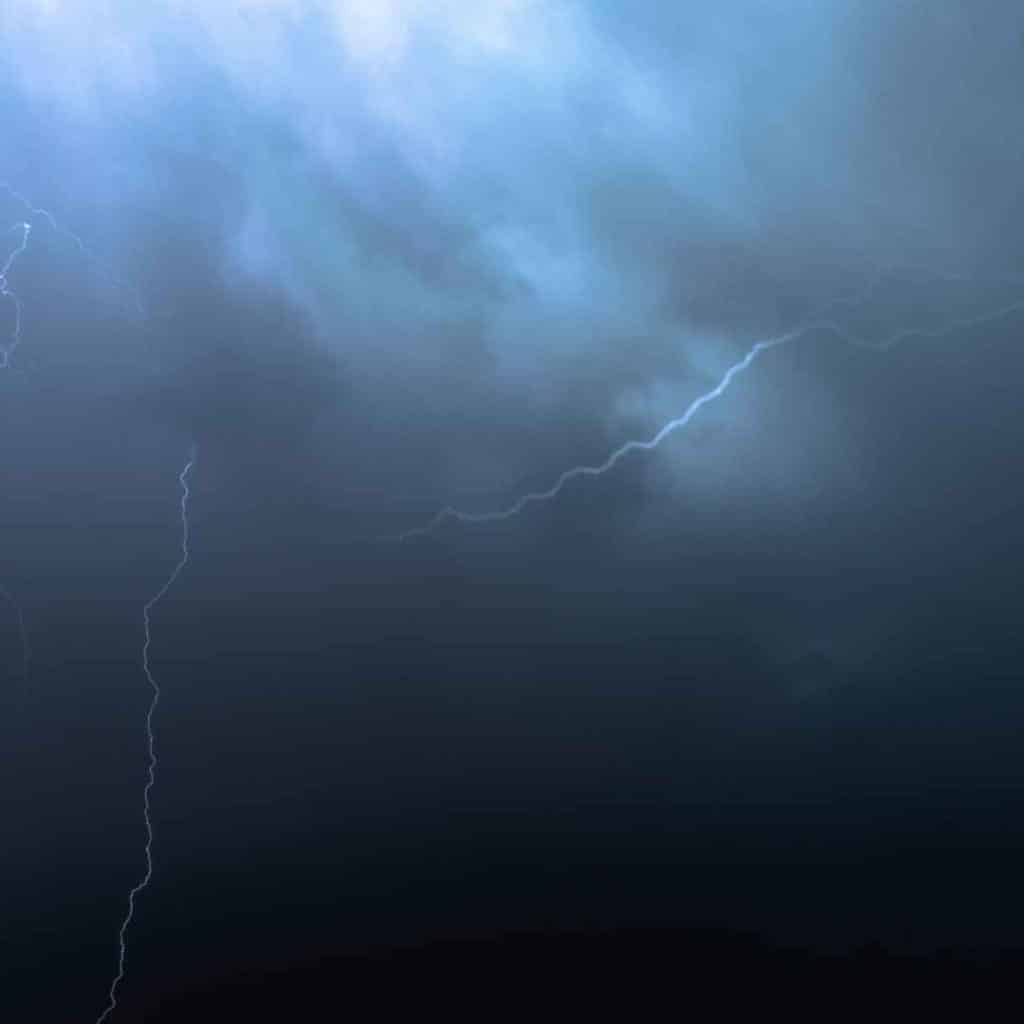
Common AC Damage Caused by Power Surges
A significant power surge can damage multiple parts of your AC system. Here are some of the most common victims:
1. Damaged Capacitors
Capacitors are small, cylindrical components that store and release electrical energy, providing the necessary “jolt” to start the fan motor and the compressor.
They are often the first line of defense and the first to fail during a surge. A damaged capacitor will prevent your AC’s motors from starting, meaning your system won’t run at all, even if the thermostat is calling for cooling.
2. Fried Circuit Boards
The circuit board is the “brain” of your modern AC system. This board controls all the system’s functions, from interpreting signals from the thermostat to managing the cooling cycle and safety features.
A power surge can easily fry the delicate microprocessors and circuits on this board. A fried circuit board is a critical failure that renders the entire system inoperable and can be a very costly component to replace.
3. Burnt-out Compressor or Fan Motors
The compressor and fan motors are the hardworking mechanical hearts of your AC. A powerful surge can damage the delicate wire windings inside these motors, causing them to short out and fail.
The compressor, in particular, is the single most expensive component in your entire AC system, and its failure often leads homeowners into the “repair vs. replace” dilemma.
4. Damaged Thermostat
Even your thermostat, especially a smart thermostat with its own sensitive electronics, can be damaged by a surge traveling through the low-voltage wiring that connects it to the AC unit.
Proactive Steps: How to Protect Your AC System
You are not helpless against power surges. There are effective, proactive measures you can take to shield your air conditioner.
1. Manually Turning Off Your AC During a Severe Storm
This is a basic, free, and effective short-term precaution. If you know a severe thunderstorm is imminent or directly overhead, you can manually shut down your AC system. To do this properly, first turn the system off at the thermostat. Then, for added protection, go to your home’s main electrical panel and turn off the breaker dedicated to your AC unit (it should be clearly labeled). This physically disconnects it from the home’s electrical system, offering a strong defense against surges traveling through the power lines.
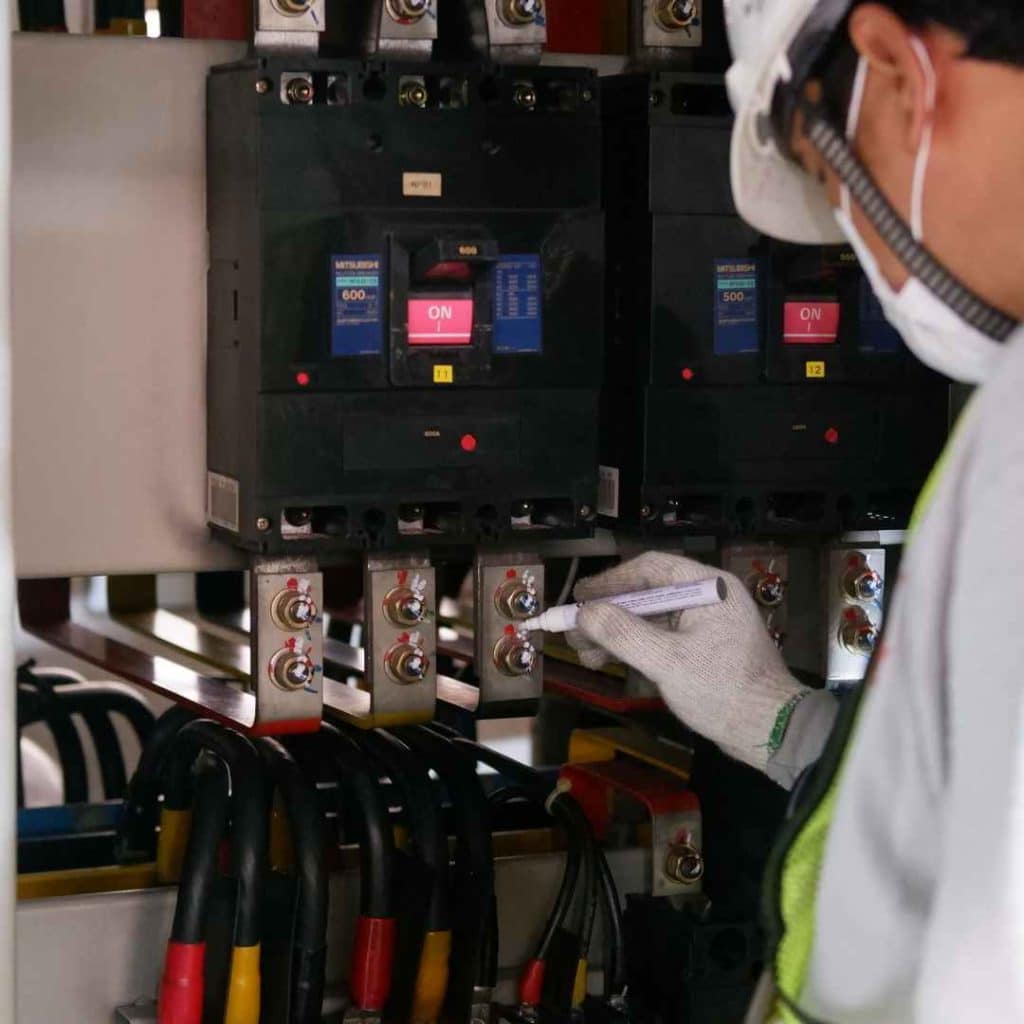
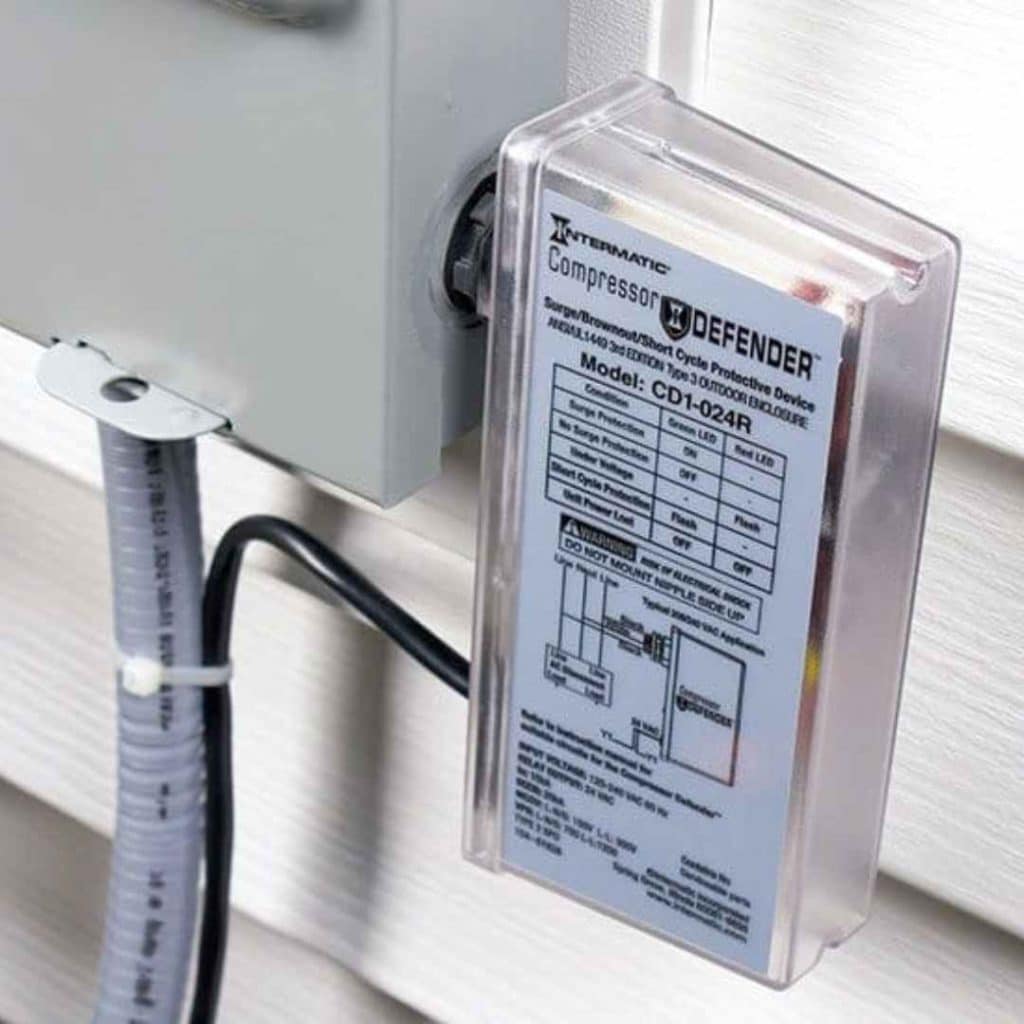
2. The Ultimate Solution: An HVAC Surge Protector
While turning off the system works if you’re home and aware, the best and most reliable solution is to have an HVAC-specific surge protector installed. This is a robust device that is mounted directly at the electrical disconnect box for your outdoor condenser unit. It is specifically designed to handle the large electrical loads of an air conditioner.
Do not confuse this with the small power strips you use for your computer or TV. An HVAC surge protector is a heavy-duty device that constantly monitors the voltage. When it detects a dangerous surge, it instantly diverts the excess voltage safely into the ground before it has a chance to reach and damage your AC’s sensitive electronics. It’s an automatic, 24/7 bodyguard for your AC system.
3. Layering Your Protection
For the highest level of protection, many experts recommend a two-stage approach. This involves installing a “Type 1” or “Type 2” whole-home surge protector at your main electrical panel, which protects your entire house from external surges. This is then combined with a “Type 2” HVAC-specific surge protector right at the AC unit, which provides dedicated protection against any leftover voltage from a large surge or from surges generated within the home.
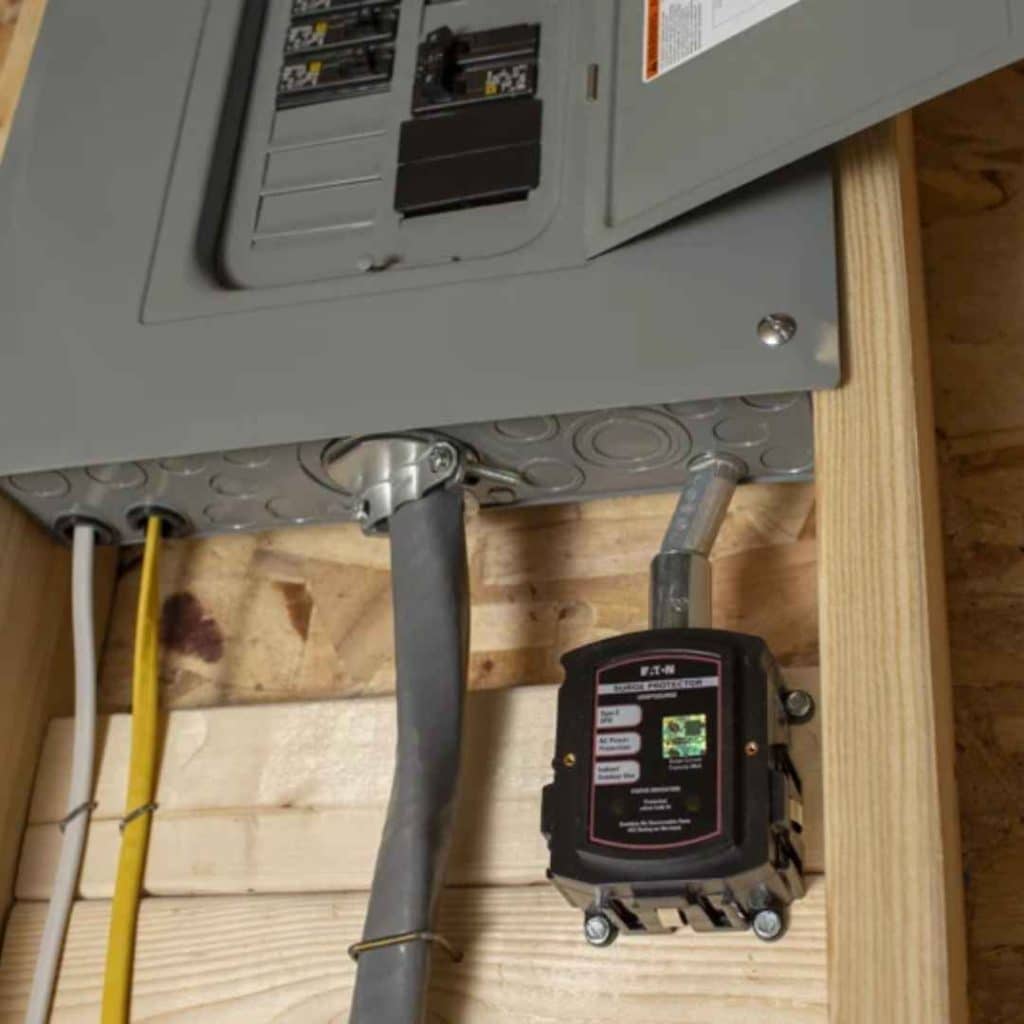
Is an HVAC Surge Protector a Worthwhile Investment?
Absolutely. Consider the costs. A professional-grade HVAC surge protector, including installation, is a relatively minor expense. Now, compare that to the potential cost of replacing a fried circuit board (hundreds of dollars), a fan motor (hundreds of dollars), or the compressor (potentially thousands of dollars). The cost of a single major repair caused by a power surge will almost always exceed the cost of having installed a surge protector in the first place.
Furthermore, while your homeowner’s insurance might cover damage from a lightning strike, there could be a high deductible, and proving the damage was caused by a surge can sometimes be difficult. An HVAC surge protector is best thought of as affordable insurance for one of your home’s most essential and expensive appliances.
Professional Installation is a Must
Installing an HVAC surge protector is not a DIY job. It requires working directly with the high-voltage electrical connections that power your air conditioner. For your safety and to ensure the device is installed correctly and effectively, this work must be performed by a qualified professional, like the experienced technicians at Richard’s AC. We can recommend the right type of surge protector for your specific system and install it safely, giving you certified protection.
Don't Leave Your AC Vulnerable This Storm Season
Florida’s summer storm season is long and unpredictable. A single storm is all it takes to cause irreversible damage to your air conditioner. Being proactive and investing in protection is a smart choice that can save you significant money, stress, and discomfort down the road. Don’t wait until after a storm to wish you had protected your system.
Ready to shield your AC from dangerous power surges? Contact Richard’s AC to learn more about HVAC surge protectors.
Call us today at to schedule an installation and give yourself peace of mind every time the sky darkens.
